













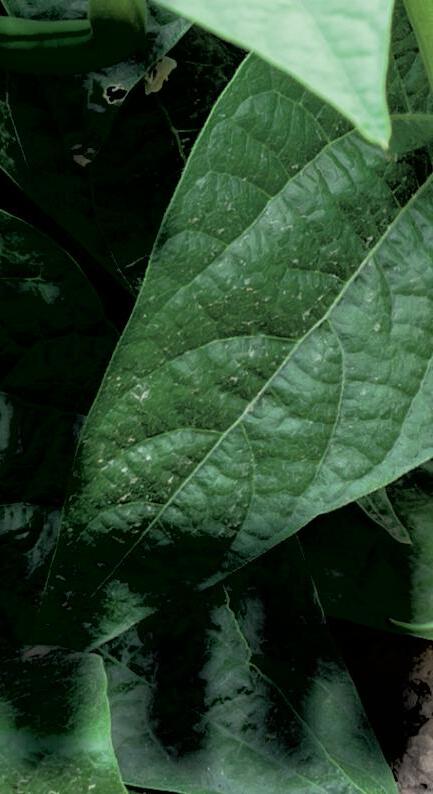



• Stimulates seedling vigor & emergence
• Improves phosphate solubilization
• Enhances plant productivity






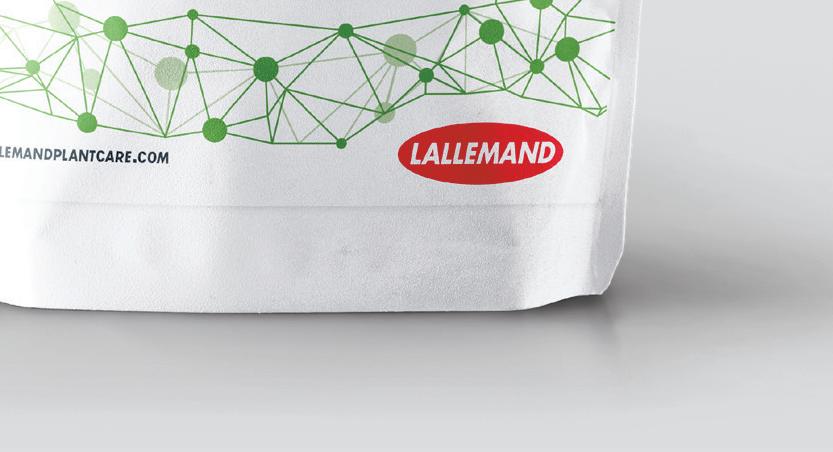
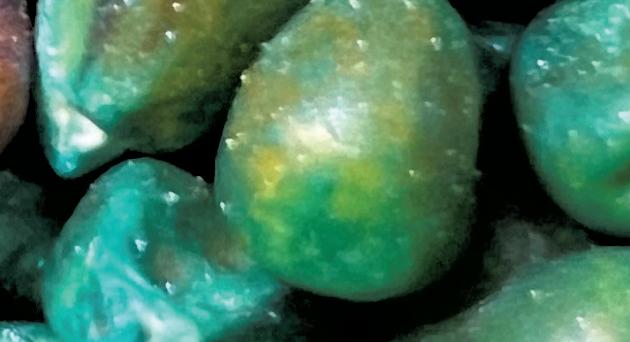

South Dakota Farm & ranch is an agricultural publication dedicated to informing SD and Midwest area farmers & ranchers about current topics and news.
this publication fits the niche of our unique farmers and ranchers of the Midwest, and the diverseness we have in our area. although the Missouri river divides our state, we are all South Dakotans and thank the land for supporting us each and every day.
Our readers may be livestock ranchers or row crop farmers, and everywhere in between, however, we all have a common goal in mind. We feed and support the growing population, and want the next generation to find that same love and support that agriculture can offer.
We’re all SD Farmers and ranchers’ and when you advertise in South Dakota Farm & ranch, you are immersing your company, product, and service into a growing community of dedicated farmers and ranchers.
to subscribe to this Free publication, contact South Dakota Farm & ranch.
PUBLISHER
JONi harMS
EDITOR
luKe haGeN
ADVERTISING
DIRECTOR
lOrie haNSeN
LAYOUT & DESIGN
JeN phillipS



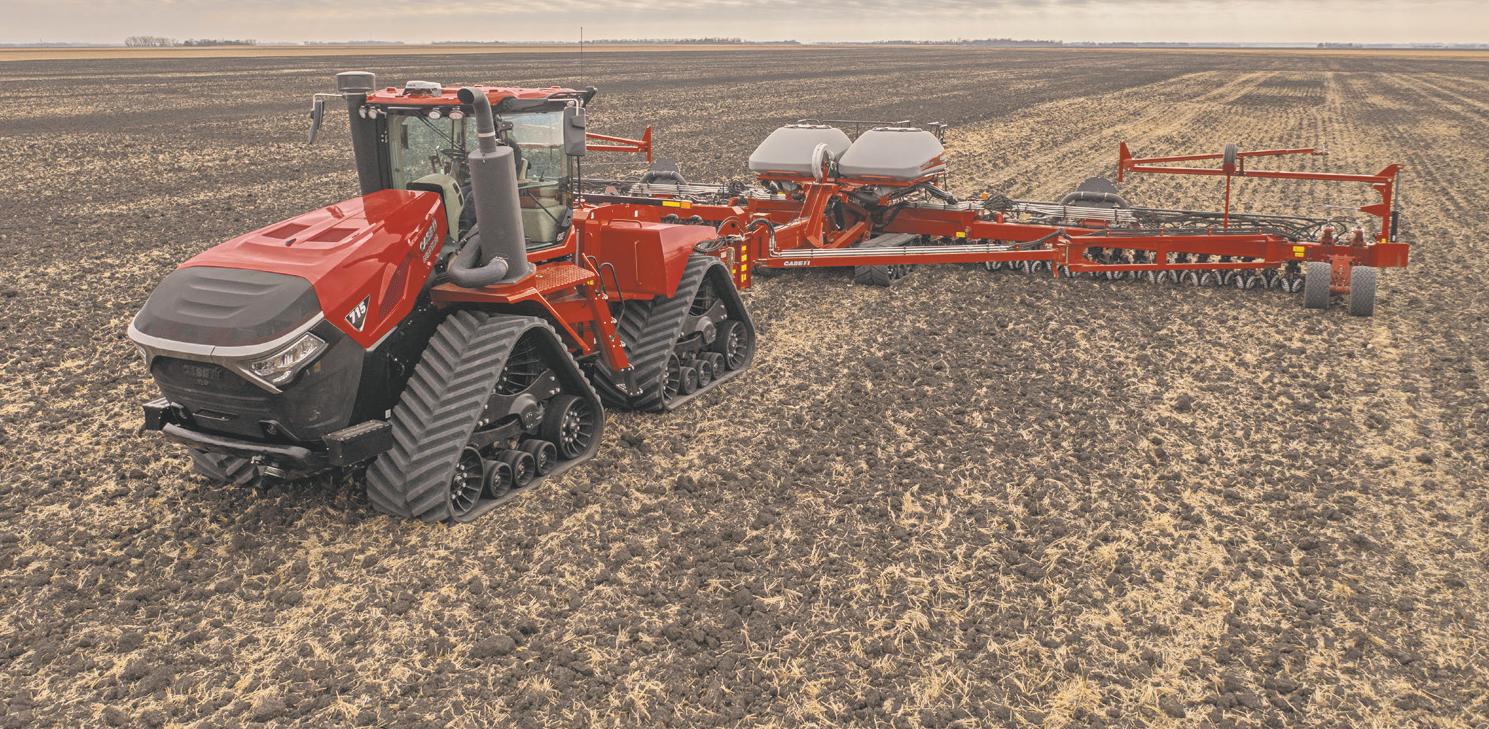




BY ERIK KAUFMAN
MITCHELL — Rep. Dusty Johnson and other members of Congress worked hard to get a new Farm Bill done before the start of 2025.
But it didn’t happen. As lawmakers scrambled for compromises to come up with a spending deal and avoid a government shutdown, for the second straight year, a one-year extension to the 2018 Farm Bill was agreed upon. That ensured programs like crop insurance, conservation programs and SNAP benefits would continue as they are intended to.
Johnson said he was disappointed in the delay, but was optimistic a solution would be found later this year.
“We don’t have a farm bill yet. It’s not complete,” Johnson told the Mitchell





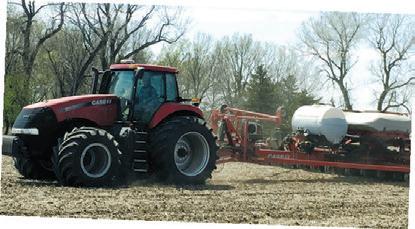
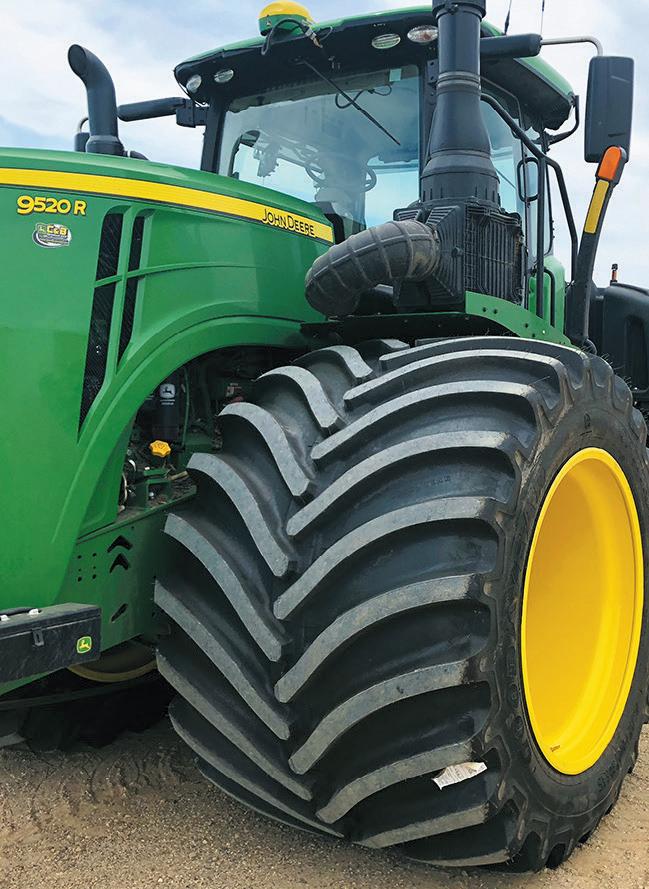

Republic in a recent interview. “We did get a disaster package out that allows people who have been suffering from some pretty difficult situations to get some assistance. But we still do need to get a Farm Bill done this year, and I think we will.”
Johnson said it was disappointing that Congress was unable to get an updated Farm Bill done. An extension of the previous Farm Bill keeps critical programs running, but every extension without a fully-updated bill means operating under policy that is more and more outdated every year.
Johnson cited leadership in the Senate as one sticking point in the process. That leadership has now undergone change with the ascent of John Boozman, a Republican from Arkansas, to the position of chair on the Senate Agriculture, Nutrition and Forestry Commission. He replaces former chair Debbie Stabenow, a Democrat from Michigan.
He felt the change would be beneficial to the process of moving the Farm Bill forward, as cooperation between the two houses of Congress is crucial to progress.
“We absolutely need to have the Senate pick up the pace, and I think they will. There’s a new chairman, and he seems far more driven to get this done than what we saw from his predecessor, who retired,” Johnson said.
The failure to get a bill passed stems partly from a stalemate between Democrats and Republicans over how to pay for it and whether to place limits on nutrition and climate programs, among other nuances.
A bill this important is going to come with some compromises on both sides, and delaying it only hurts the American farmer and the economies that revolve around it and the farm.
“This is something that’s only going to get done with both parties working together and both the House and Senate working together. Does it get a little frustrating? It does get frustrating, in part because I don’t really understand the value of the delay,” Johnson said. “Normally, in D.C., I understand why somebody is slow-walking something. They have something to gain by the delay. For the life of me, I just don’t understand who in the world benefits from having a Farm Bill languish as it has been.”
The 2018 Farm Bill extension runs through Sept. 30, 2025. That means the clock is again ticking, putting pressure on lawmakers to put differences aside and come up with a solution that they can agree on enough to make it law for the next five years.
From here, the national lawmaking apparatus will have to adjust to the new Trump administration, which will likely have some input into the Farm Bill. But Johnson said the bulk of the work will have to be done in the House and Senate and across party lines if is to be successful.
“We’re just waiting on the Senate now to get rolling again with the administrative

South Dakota Representative Dusty Johnson
Mitchell.
transition. The administration will be a little bit involved in the Farm Bill, but really this is something that the House and Senate have to do their work,” Johnson said. “In the House, we’ve got a really good Farm Bill. We’ll dust it off for this year, we’ll clean it up a little bit, and I imagine we will be able to vote it out of committee again on a strongly bipartisan basis. If the Senate can do the same, then I think we’ll be in a good position to succeed.”
Key points expected in the 2025 Farm Bill include increased funding for climatesmart conservation practices, potential adjustments to SNAP benefits, enhanced support for specialty crops, improved crop insurance programs, focus on rural development initiatives and likely provisions for expanding access to healthy food in underserved communities.
Not all legislation and policy that affects the agriculture industry is included in the Farm Bill.
Johnson said there are areas of policy to consider that could positively impact the American farmer. Reducing input costs can help create a beneficial balance that could help offset some weaker commodity prices.
“We’re in a pretty lousy price environment for commodities. Cattle are good, but corn

and beans are really soft. With input costs as high as they are, that really squeezes our producers. I do think when we get federal government spending under control that it’s going to trickle throughout the supply chain to help hold the line on some of these input costs,” Johnson said. “As we get more American energy to the market, that’s going to reduce energy costs for producers. If we can help on the input side, that’s going to make it a little bit easier for producers to get a margin.”
Johnson also feels the Trump administration’s approach to Waters of the United States rules, which defines waters that are subject to federal jurisdiction under the Clean Water Act, is superior to that of his predecessor. Subjects covered under the rules include navigable waters, impoundments, tributaries, wetlands, intrastate lakes and ponds and streams.
The rules can impact farmers by determining which bodies of water on
their land fall under federal regulation, potentially affecting their ability to perform basic farming activities like drainage or land modification without needing permits. That can lead to increased costs, delays and uncertainty regarding land management practices on their property.
The Trump administration should be more friendly to farmers when it comes to control over their fields, Johnson said.
“With the previous administration on Waters of the United States, you had them, in essence, asserting jurisdiction over a wet spot in somebody’s field. The Donald Trump approach to waters of the United States is, listen, it’s got to be a large navigable body before that’s the federal government’s business,” Johnson said. “That’s not to say that there aren’t important state and local regulations that can have an impact, but if something’s going to be the business of the United States government, it should have a national impact.”
"We absolutely need to have the Senate pick up the pace,



































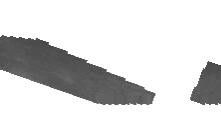























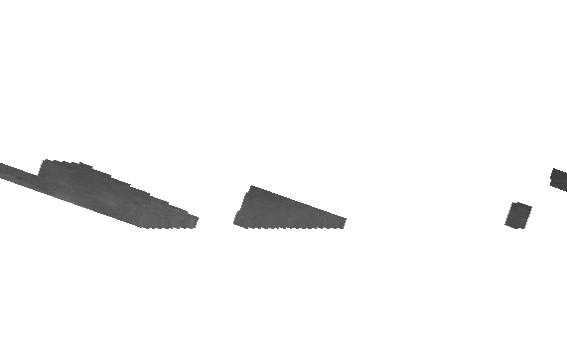


















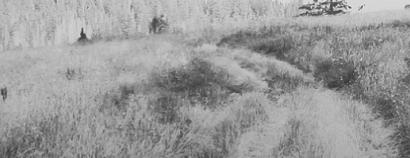






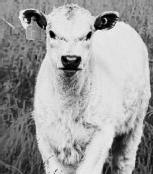


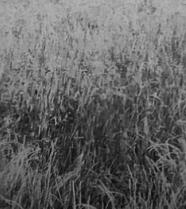




































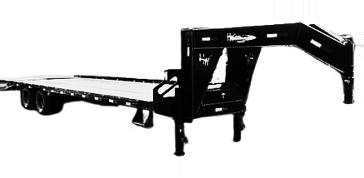














































































































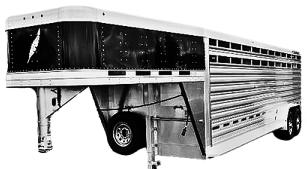

BROOKINGS, S.D. — It starts slowly. A tree here, a shrub over there.
Then a few years go by. Pastures that once lasted until September are now overgrazed by early August. Suddenly, trees and bushes are everywhere, and there's less grass available for cattle.
This is how the "Green Glacier" — a term coined by ecologists to describe the encroachment of unwanted trees — is slowly burying grasslands under a canopy of evergreen trees throughout the Great Plains.
What started in Texas more than 70 years ago has slowly made its way up to South Dakota, and South Dakota State University researchers are in the midst of a challenging fight to halt this ecological disaster in its tracks.
It started with shelterbelts
In 1934, President Franklin D. Roosevelt initiated the "Great Plains Shelterbelt" project to protect farms and crops from severe dust storms. The nightmares of
the Dust Bowl — the greatest man-made ecological disaster in history — left farmers scarred, and the federal government believed that by planting trees on the perimeters of farms, the soil would retain its moisture and be protected from wind erosion. By 1942, 220 million trees were planted, from Texas to the Canadian border, and many were eastern redcedar — an adaptable evergreen native to the eastern United States that is resistant to drought, heat and cold.
The trees were well-suited for the Great Plains. They could survive the tough and variable conditions and grew quickly in a variety of soils. They fit perfectly in the treeless landscape of the grasslands as they provided a sanctuary for livestock and a "living" snow fence during harsh winters.
Unfortunately, the eastern redcedars are proficient in propagating seedlings that spread out a few hundred yards away from the parent tree. Research shows that a

South Dakota State University photo
When crossing the Missouri River in the southern part of South Dakota, dense canopies of cedar trees, pictured above in the distance, can be seen on either side of the riverbank. Fifty years ago, those trees weren't there. This is the most glaring evidence of the "Green Glacier's" march north into South Dakota.




mature female tree can produce over 1.5 million seeds annually. Their berry-like cones also attract certain types of birds, which spread the seeds even further out from shelterbelts.
The first signs of the Green Glacier were in the mid-1900s and appeared in tandem with the U.S. Forest Service's forest fire prevention campaign. The advertising campaign, highlighted by Smokey the Bear, is widely considered one of the most successful in history and created an "antifire" culture. But as researchers soon found, not all fire is bad, and for grasslands, fire may even be necessary.
Fire suppression allowed redcedars to sprout and flourish in rangelands that, prior to settlement, would otherwise have burned.
Ranchers were slow to react to the invasion, and eventually, they lost large percentages of pastures and even entire ranches. This process, which SDSU professor and plant ecologist Lan Xu describes as "woody encroachment," spread north into Oklahoma, Kansas and Nebraska.
When crossing the Missouri River near Chamberlain, a dense canopy of cedar trees can be seen on either side of the riverbank. Fifty years ago, those trees weren't there. This is the most glaring evidence of
the Green Glacier's march north into South Dakota.
"It's just awful," Xu said. "And it gets worse each year."
Researchers estimate that less than 40% of historical grasslands, that once stretched undisturbed from Canada to Mexico, remain today. Most are fractured and have been converted into segments of croplands, golf courses, suburbs or infrastructure. The grasslands that remain are found mainly on private land, used primarily for ranching and are under threat from woody encroachment.
Grasslands are one of the world's most underappreciated ecosystems. While not as revered as forests nor as picturesque as oceans, grasslands are crucial to climatic patterns and wildlife — especially in the U.S. Grasslands are high in biodiversity and absorb vast amounts of carbon dioxide in the roots of native plants and grasses. They also provide habitat for many bird species, like pheasants, and mammals, like bison and the black-footed ferret (the most endangered mammal species).
The encroachment of eastern redcedar is a threat to the entire grassland ecosystem. This invasion is especially concerning for native plants. Research shows that grassland species richness declines by 88% in the face of woody encroachment.
A recent study from Xu found eastern redcedar canopies reduce biomass
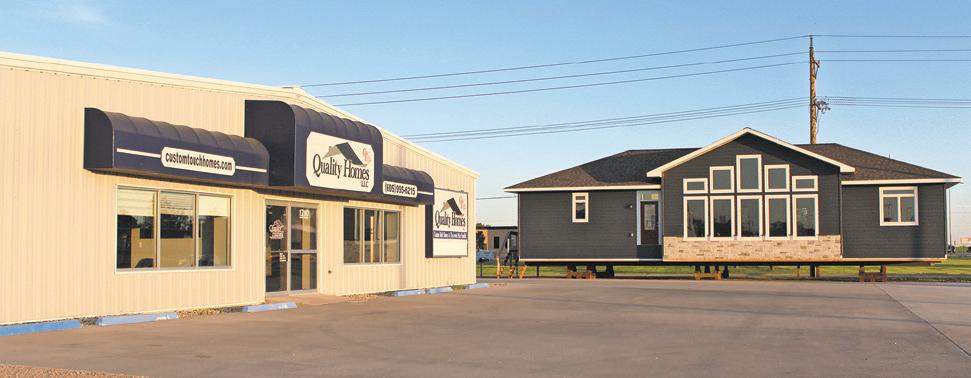


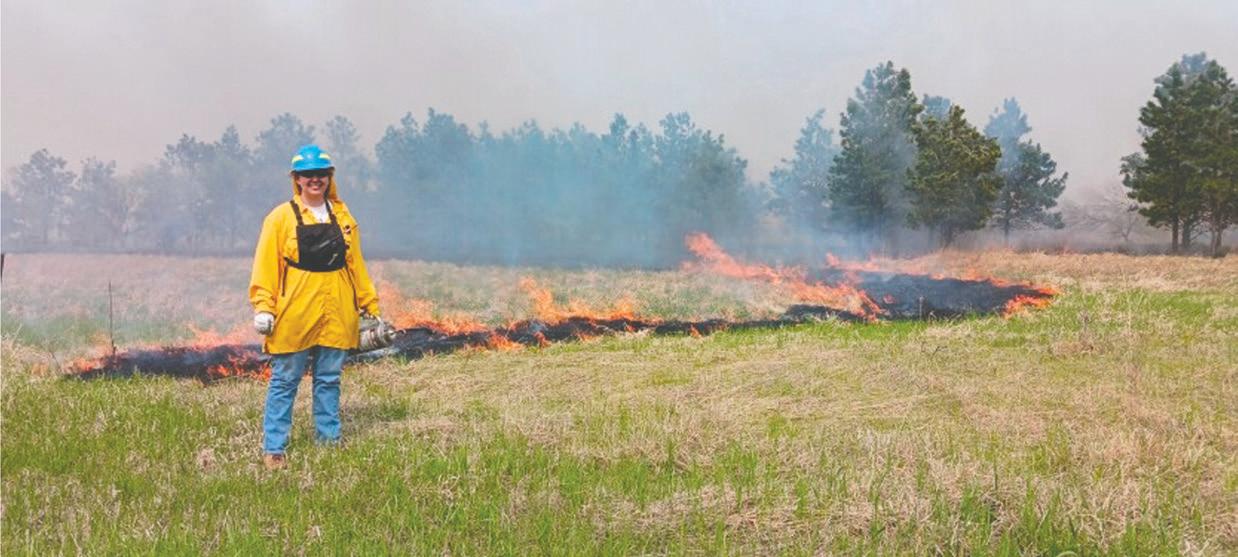
production and alter the composition of plant communities, including native grasses.
The destruction of native grasses creates less habitat for wildlife. Research has found that grassland birds have suffered a roughly 50% decline in population since 1960. Mammals suffer as well. When woody encroachment cover exceeds 30%, the majority of small mammal species disappears.
These findings show that woody encroachment will throw off the entire balance of the ecosystems.
Woody encroachment creates less rangeland for cattle and other livestock. This is most evident in Texas, where large portions of rangeland are now forested. The Working Lands for Wildlife organization estimates the cumulative forage production lost to tree encroachment (between 1990 and 2022) equates to approximately 370 million tons. In South Dakota, rangeland production loses are estimated to be 209,671 tons in 2022 alone.
The Great Plains Grasslands Extension Partnership estimates that 22.4 million tons of rangeland production are lost annually to woody encroachment each year. And losses




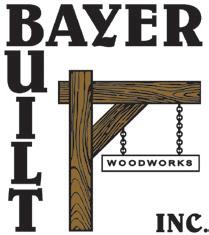
continue to increase each year. Eastern redcedars also deplete soil moisture and can reduce prairie streams significantly. Woody encroachment represents the single greatest threat to livestock production in the Great Plains and to the overall longterm viability of grasslands, considered by researchers to be North America's most endangered ecosystem.
South Dakota's stand
South Dakota is currently home to some of the largest remaining grasslands in the U.S. Unlike Texas, Oklahoma, Kansas or Nebraska, woody encroachment is just beginning here.
This is why Alexander Smart, an SDSU professor and SDSU Extension agriculture and natural resources senior program leader, says there is still time to stop the Green Glacier in its tracks.
"This is a long-term problem," Smart said. “The hardest part is to recognize the slow change on the landscape. We have the opportunity to protect those core areas that haven’t been invaded yet.”
While earning his doctorate in agronomy and range management from the University of Nebraska-Lincoln, Smart learned one of the most crucial techniques in stopping woody encroachment: prescribed burns.
Fire, as Smart explains, was one of the ways that grasslands remained relatively pristine prior to settlements. In tallgrass prairies — which is what South Dakota's grasslands are
We have found that the seed bank, which retains the native grasses and forbs, remains in the soil even under the eastern redcedar canopy.
Once the canopy is removed, the native grasses sprout again."
Lan Xu
primarily composed of — conditions would be right for a fire every three to five years. Farther west in shortgrass prairie, fire would happen every decade or so.
These fires, caused by lightning strikes or by Native Americans looking to attract buffalo, would essentially refresh the grass and prevent trees and shrubs from growing. As settlers moved onto the prairie, fire suppression became the norm.
Now, ranchers are learning that prescribed fires are the best way to prevent them from losing their pastures to woody




encroachment. The challenge, however, is overcoming the stigma — some may call it fear — of fire while also learning how to do the burns correctly.
"We didn't really have the knowledge here in South Dakota on how to do these prescribed fires," Smart said. "We had to learn from what happened in the southern plains."
Prescribed burns require a coordinated, six- to eight-person team to conduct correctly and safely. In the southern plains, ranchers were forced to create community burn teams to fight against the Green Glacier.
In South Dakota, similar groups have formed.
The Mid-Missouri River Prescribed Burn Association was the first group to embrace prescribed burns in South Dakota. Formed in 2015, the group started as a landownerled effort to combat the spread of eastern redcedars along the Missouri River in Gregory, Charles Mix, Brule and Lyman counties. Since its inception, the nonprofit has completed prescribed burns on roughly 20,000 acres of both public and private land.
Sean Kelly is an SDSU Extension range management field specialist located in Winner. He serves as a liaison for the MidMissouri River Prescribed Burn Association and helped bring together the public-private agreement that allowed for the association to get as much done as it has already. The group's success has created more interest in prescribed burns, which is helping to fight the problem.
In 2023, SDSU Extension received a $1 million contribution agreement from the U.S. Department of Agriculture's Natural Resources Conservation Service to further combat the spread through annual prescribed burn trainings led by SDSU Extension specialists like Smart, Kelly and Pete Bauman. These outreach efforts are helping to spread knowledge surrounding prescribed burns and the challenges woody encroachment presents.



BY ARIANA SCHUMACHER Agweek
SIOUX FALLS, S.D. — Electronic
identification tags in cattle and bison herds have been mandated for the past two months, but many areas of the country have been struggling to get the correct number of tags needed for their livestock inventory.
These tags provided by the USDA are supplied through USDA offices directly to the veterinarians. The veterinarians oversee keeping track of the tag numbers.


executive secretary for the South Dakota Animal Industry Board.
“Apparently the money that had been appropriated is not enough money or it’s not going into the right places, which once again does not surprise me at all,” said Senator Mike Rounds (R-SD).
“Furthermore, it appears as though there are some supply side issues that are probably
“I think what state animal health officials and probably some of the industry will be doing is talking with the USDA about those allotment numbers and maybe we can get a better number for our state and for all states if that’s what’s needed for these free tags.”
Thompson has not been updated on when new tags will be given to veterinarians.
“It is concerning though as we move into our next fiscal year,” she said. “I have not heard that the new allotment has been placed and that tags are available out of USDA, so we
are starting to work their cattle a specific time of year and there aren’t available tags, then they have to go purchase those tags.”
“It’s a case of where big government is telling producers just trying to make a living what they have to do, promising to pay for it, but failing to live up to their own guidelines and promises,” Rounds said. “So, it’s very unfortunate, but it is Washington D.C., at its worst.”
Rounds sent a letter to the USDA requesting that they reconsider implementing the mandate on Jan. 17, 2025, three days before

We cultivate connections to better understand your unique risks. Elevate your experience with our professionals and innovative insurance solutions. Your partner in risk management.
doesn’t surprise us,” Rounds said. “So, in the meantime, we will be working with some of our other ag leaders within the Senate to probably put together an additional piece prohibit this particular rule from going into

effect. We’ve got some time to do that, but nonetheless it’s frustrating.”
Rounds doesn’t believe mandating the ear tags is necessary. In 2024, he introduced legislation to prevent the EID tag mandate from going into effect.
“It’s an additional cost and, unfortunately, it has fallen upon deaf ears in the Department of Ag so far,” he said.
There are two pieces of legislation that he is helping work on. The first is a congressional resolution of disapproval. This would prohibit the USDA from implementing or continuing to implement this mandate.
The second piece will be a direct congressional legislation that would prohibit the USDA from implementing another mandate like this in the future.
Rounds says if they want to make this program work, they will need to put more money into it.
“We really don’t know what the value is to it. We think they’re doing it because if they get a disease someplace, they feel that they can track the disease using these radio tags that are supposedly in the ears,” Rounds said.
“Look, we’ve been able to take care of this and track this to the markets without this in the past and we think we could continue to do so in the future.”
Rounds urges the USDA to make the program voluntary.
“If we want to do these types of things, let’s make them voluntary and allow the farmers and ranchers who want to do it, to do it,” he said. “And if there’s a value to it, the market will respond to it. In the meantime, we just simply think this is one more time in which big government is telling our producers they know better than them about how to treat their markets and the livestock.”
If veterinarians are short on tags, Thompson encourages them to continue communicating with their local USDA Veterinary Services office.
“They are keeping a list and as soon as the next year’s allotment is ready to go, those veterinarians will be on the list,” Thompson said. “Hopefully that allotment will help ease the number of tags that they need.”
Agweek reached out to the USDA for comment but received no response to questions.

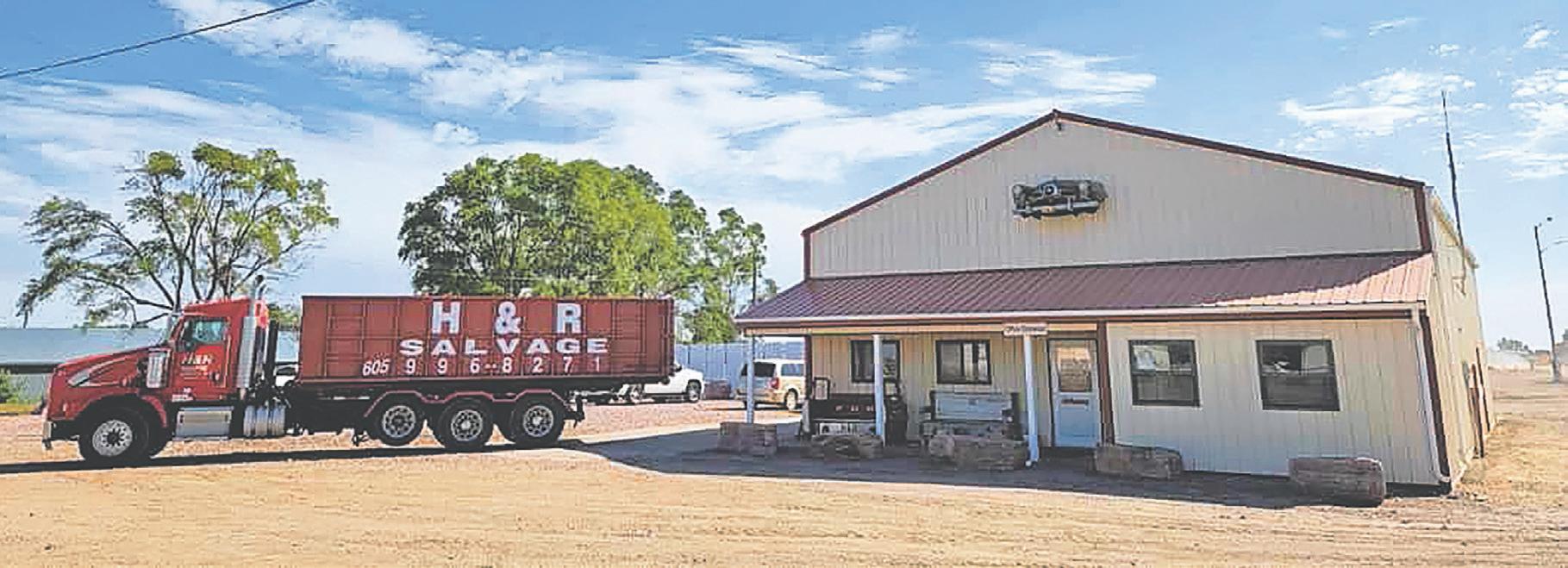
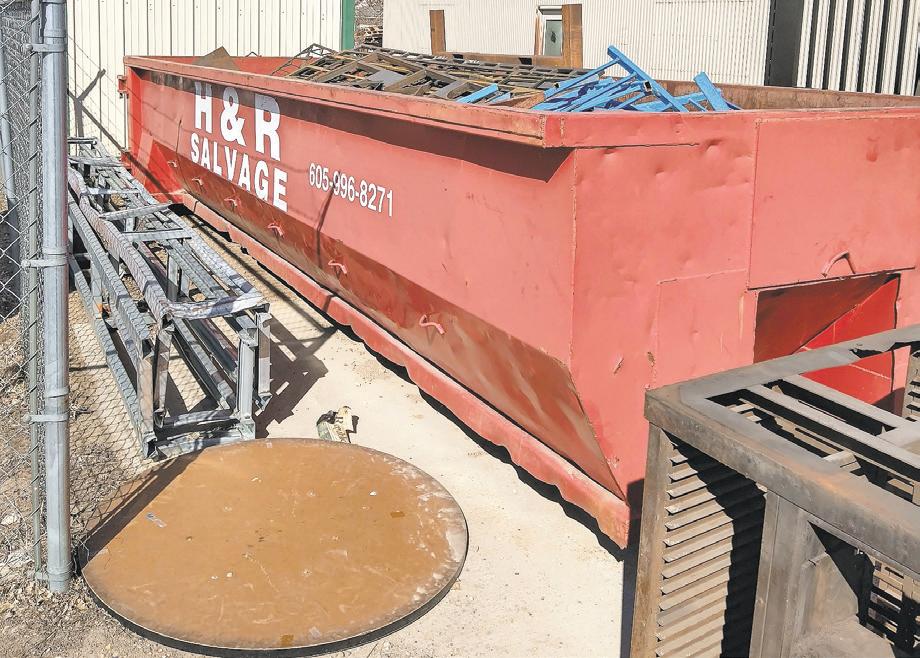



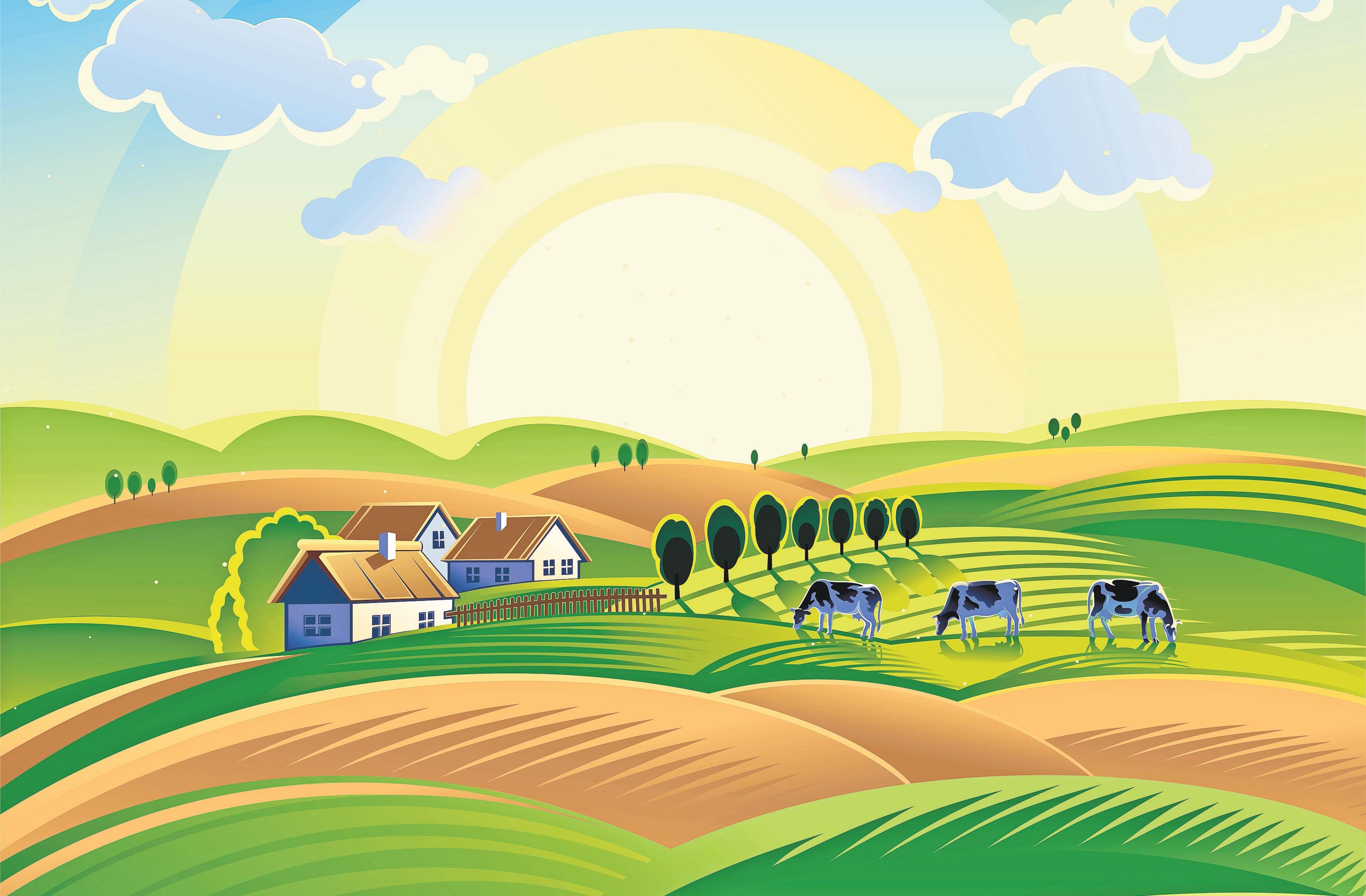
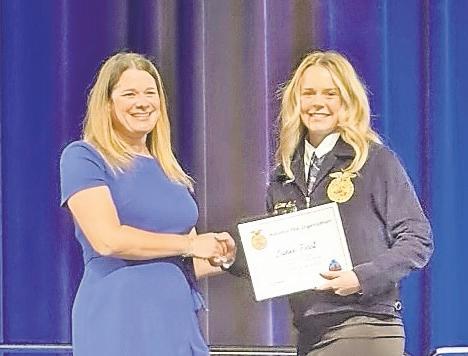
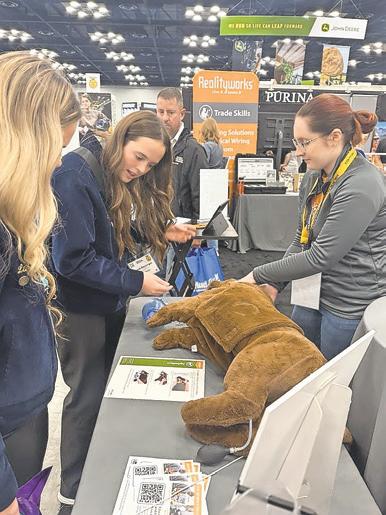






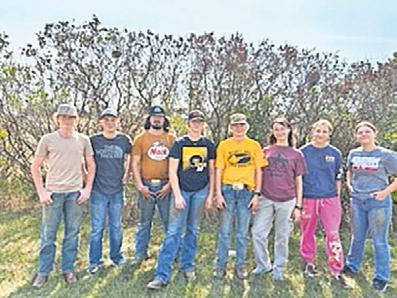
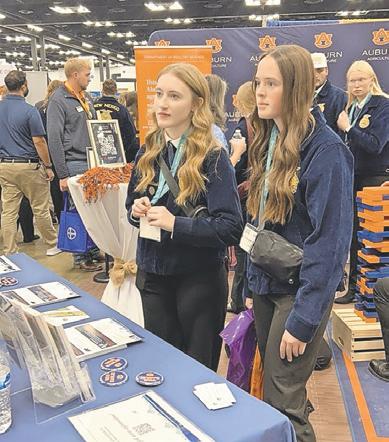
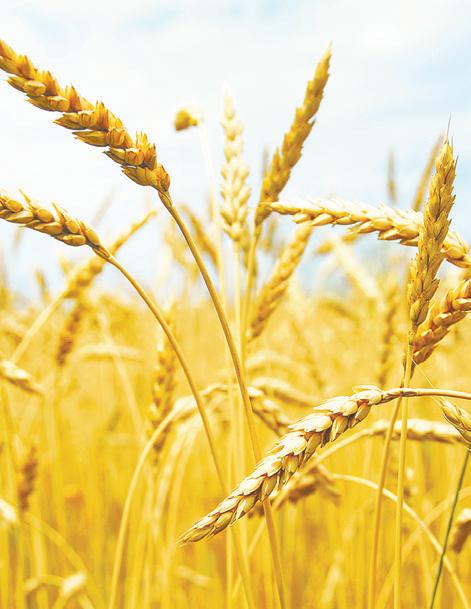














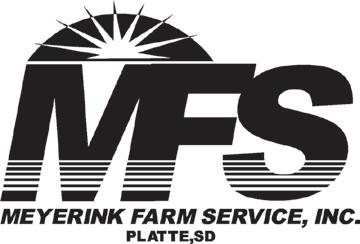
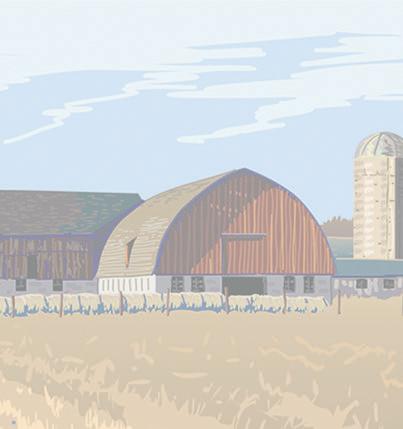





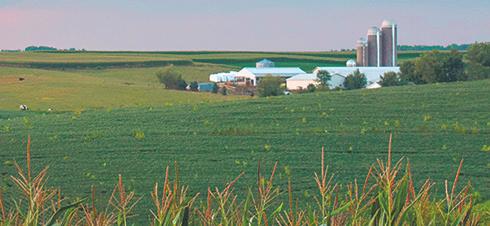


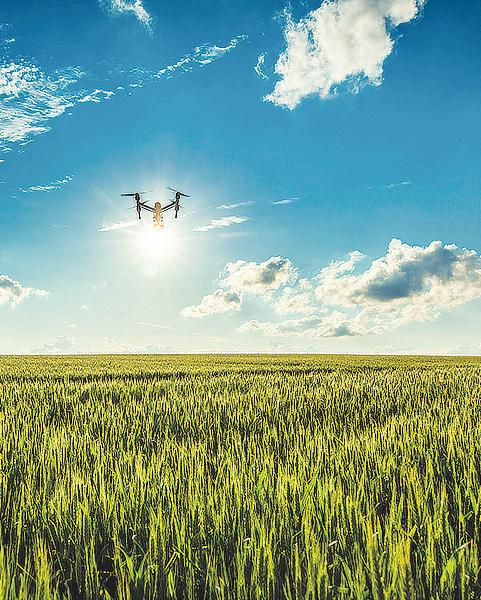

BY JENNY SCHLECHT Agweek
PIERRE, S.D. — South Dakota officials say more cases of bovine tuberculosis have been identified as part of a traceback effort after a case was discovered in the fall.
Prior to the recent cases, South Dakota had not had a bovine TB case since 2021.
In October, officials identified a case of TB in a beef steer during routine meat inspections at a Wisconsin packing plant. The U.S. Department of Agriculture Animal and Plant Health Inspection Service's National Veterinary Services Laboratories in Ames, Iowa, confirmed samples were positive for TB on Nov. 5. Records from the packing plant linked the animal to a feedlot in Hamlin County, South Dakota.
In a statement issued Wednesday, Jan. 29, State Veterinarian Dr. Beth Thompson said the steer was traced back to a Kingsbury County herd using state records. Testing confirmed the presence of TB in multiple cows in the herd, and the state veterinarian's
office has worked with the USDA and the herd owner to depopulate the herd. The Animal Industry Board staff continue to trace other animals from the herd that have been sold within the last five years.
Bovine tuberculosis is a chronic, slowly progressive respiratory disease of cattle. Infected animals may transmit infection to other animals when in close proximity
for prolonged periods. Cattle rarely exhibit visible signs of illness. Testing of cattle herds is necessary to determine if animals are infected.
The South Dakota Animal Industry Board says the U.S. has nearly eliminated bovine TB due to a cooperative eradication campaign. According to the USDA, bovine
TB is very rare, with a prevalence of 7 per 1 million cattle screened.
The South Dakota Animal Industry Board says bovine TB is not a threat to food safety in the U.S. "thanks to milk pasteurization and comprehensive meat inspection programs."




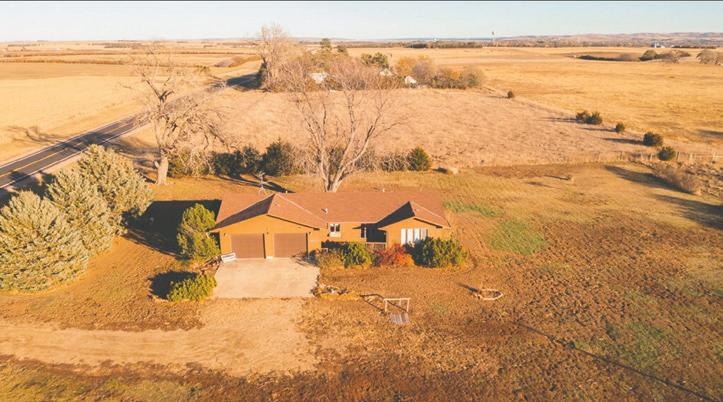



BY KENNEDY TESCH Agweek
SPEARFISH, S.D. — Eric Jennings, a Spearfish cattle rancher, was recently appointed as vice chair of the National Cattlemen’s Beef Association Agriculture and Food Policy Committee.
Jennings owns and operates his ranch along with his wife, Michelle. After graduating from South Dakota State University with a degree in agricultural education, he taught vocational agriculture in Lennox, South Dakota, before returning to his family’s ranch in 1988. The ranch includes permitted grazing land in the Black Hills National Forest and along Spearfish Creek, which has made Jennings a passionate advocate for public lands grazing and responsible, sustainable land management.
Jennings is a current Lawrence County commissioner, president of the Spearfish Rural Fire Protection District, treasurer of the Black Hills Regional Multiple Use Coalition, and past president of the South Dakota Cattlemen’s Association.
“From his time as an agricultural instructor to his decades of work on his family ranch, Eric Jennings has seen firsthand how important it is to protect the ranching way of life,” said Kim Brackett, NCBA Policy Division chair, in a press release. “Our policy committee leaders serve NCBA by helping us develop the association’s policy book — a collection of policy positions that guide NCBA’s advocacy in Washington, D.C. This grassroots policy process ensures that cattle producers are the ones making decisions on NCBA’s priorities. As vice chair, Eric will help NCBA protect key farm bill programs, invest in animal health initiatives, and strengthen the cattle industry for future generations.”
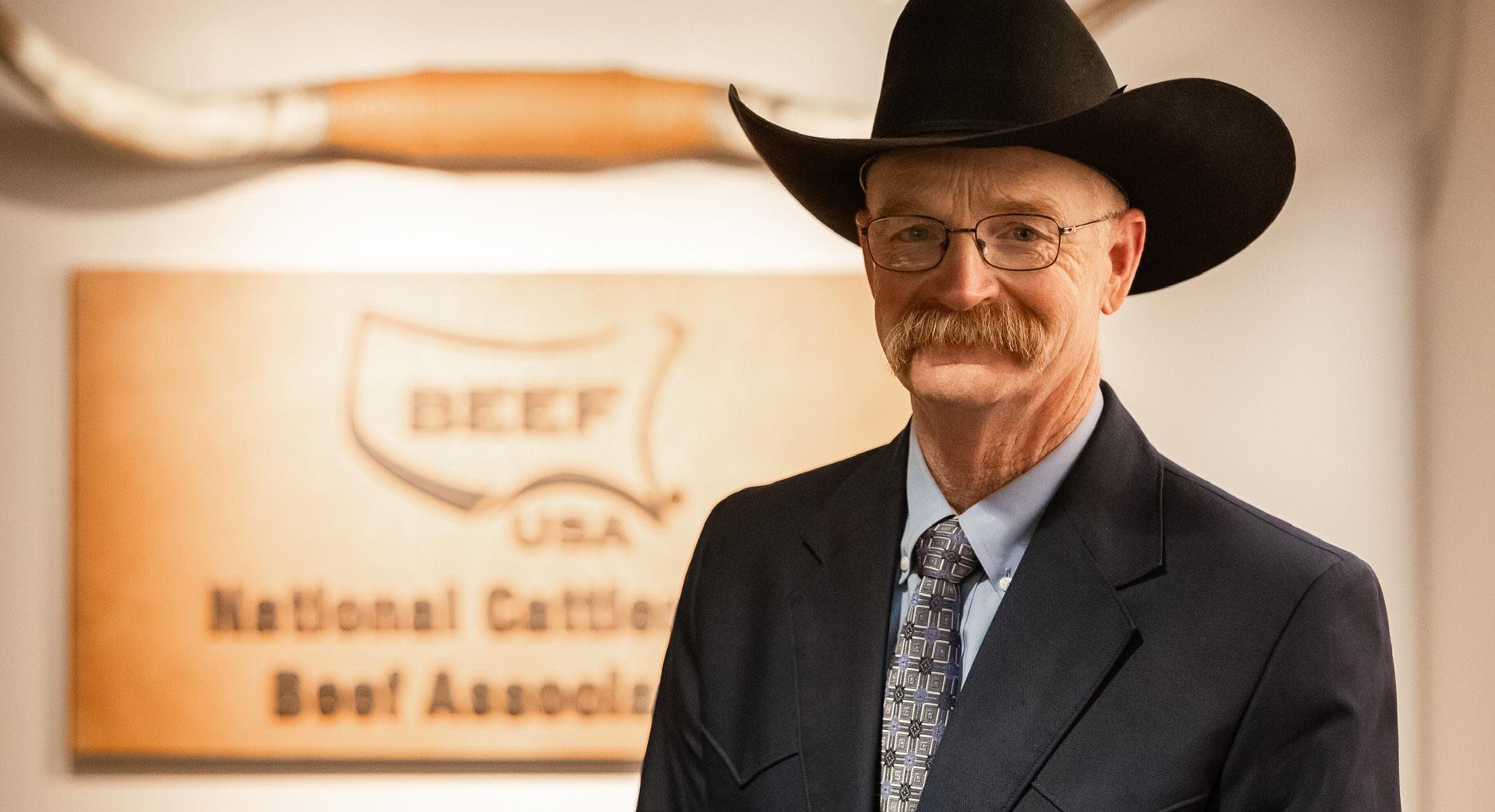
Contributed / National Cattlemen's Beef Association
Eric Jennings, a Spearfish, South Dakota, cattle rancher, was recently
Agriculture and Food Policy Committee.
As a grassroots organization, NCBA policy committees provide a venue for cattle producers to discuss issues facing the cattle industry and pass policy resolutions that direct the association’s advocacy efforts in Washington, D.C. The Agriculture and Food Policy Committee has jurisdiction over

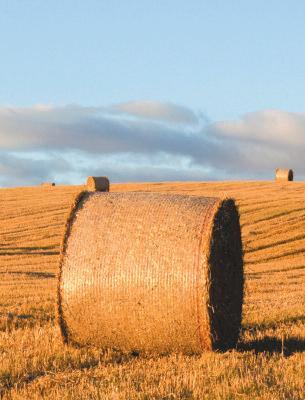
the farm bill, transportation, labor, farm programs, nutrition, disaster relief, food safety, and related issues.
“Eric Jennings has long been an advocate for the cattle industry and now he is using his experience to help guide the creation of our new Leadership Academy that will empower the next generation of advocates,” said Taya Runyan, South Dakota Cattlemen’s Association executive director, in a press release. “The South Dakota Cattlemen’s Association is proud that our past president is now in a national leadership position to
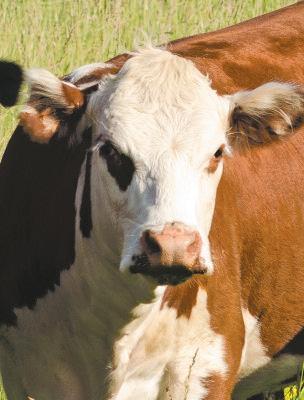



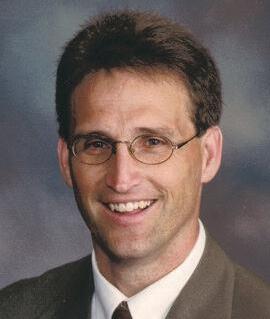
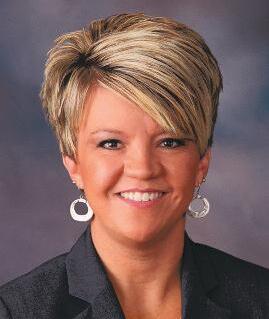
help advocate for policy that will benefit the entire cattle industry.”
Jennings is eager to take on the challenges and opportunities that lie ahead. As vice chair of the Agriculture and Food Policy Committee, Jennings will work closely with fellow committee members to guide discussions and ensure that policies are effectively brought forward and approved.
"The main duties of the chair and the vice chair of the committee is to conduct the meeting in a manner that the members can be heard, and the policies that that they propose are lifted up through the system and end up in the policy book," Jennings said. "It’s very much a grassroots approach and NCBA takes that very seriously."
The Agriculture and Food Policy Committee is one of seven committees within the NCBA, handling a broad array of issues from food safety and nutrition to labor and transportation.
"It’s a catch-all committee," Jennings said. "Anything that doesn’t fit into the other categories generally ends up here. That’s what appealed to me about this position. It covers a wide range of issues, and there’s a lot of work to do."
Looking ahead to the upcoming year, Jennings said there are several critical areas the committee is tackling, including the ongoing struggle to keep red meat in the U.S. dietary guidelines.
"The main duties of the chair and the vice chair of the committee is to conduct the meeting in a manner that the members can be heard, and the policies that that they propose are lifted up through the system and end up in the policy book. It’s very much a grassroots approach and NCBA takes that very seriously."
Eric Jennings
“It’s been a real battle," he said. "They keep trying to replace red meat with plant-based protein sources like nuts and beans. Our goal is to make sure that red meat continues to be recognized for its nutritional value."
In addition to dietary guidelines, Jennings emphasized the committee’s involvement in the farm bill, particularly with regard to disaster programs and farm support. These are policies that directly impact cattle
producers, providing safety nets during difficult times.
"We’re working to protect and preserve these programs," he said.
Beyond policy discussions, Jennings also shared his personal passion for the policy process.

"This is the part of association work that I really enjoy," he said. "It’s about having a voice and representing the members in the regulatory and governmental spaces."
For Jennings, the new role offers more than just professional growth — it’s also an opportunity to represent South Dakota at a national level.
"It’s great for South Dakota to have a voice on the NCBA's policy committee, especially with the leadership of Jeff Schafer, who’s from North Dakota. Together, we represent a strong Northern Plains presence," he said.
Jennings said the policy process at the NCBA is highly collaborative. Members from various states share their concerns and ideas, which are then discussed and crafted into policies that guide the industry. Jennings' deep understanding of South Dakota's agricultural challenges gives him a unique perspective when interpreting and advocating for policies that impact cattle producers in his region.
The term for Jennings as vice chair is a two-year appointment, with the potential for further leadership opportunities if he chooses to move up to the role of chair.
"It’s a great honor, and I’m looking forward to working hard for our members and continuing to advocate for policies that support cattle producers across the country," he said.



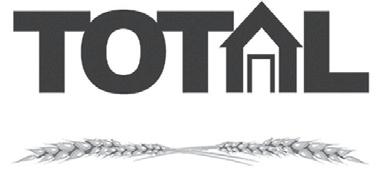


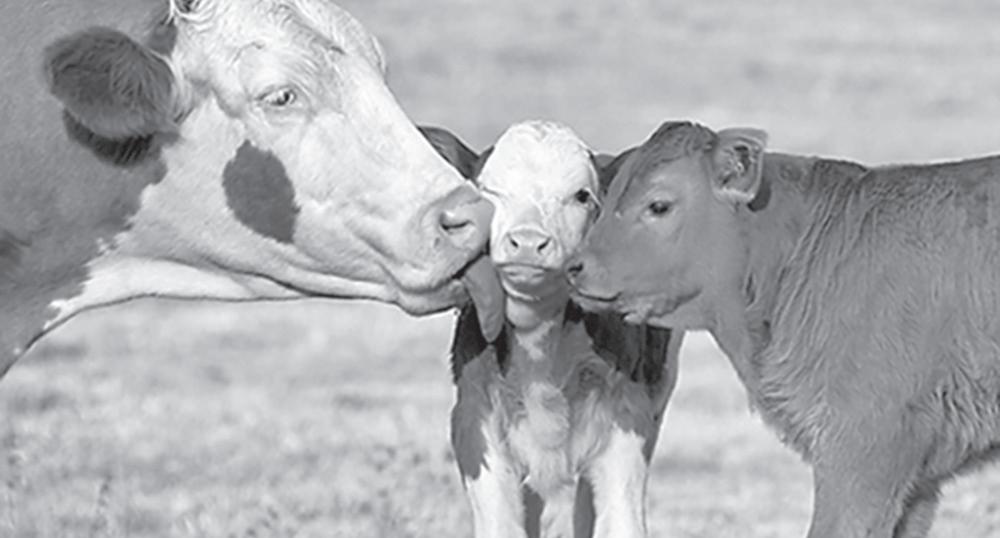
BY ARIANA SCHUMACHER Agweek
FLORENCE, S.D. — Justin Weatherford and his wife Jill started farming in Florence, South Dakota, in 2013.
Originally, they had a cow-calf operation, but they soon discovered that their operation was better designed for sheep production.
“We were getting kind of pushed out from high pasture rents and crop prices were good them few years and we needed to diversify,” said Justin Weatherford. “We looked into getting sheep and kind of ran with it.”
The first year they had roughly 40 sheep and now the operation is fully sheep, with roughly 600 ewes, along with a couple thousand feeder lambs each year. They also started to do accelerated lambing, where they lamb 500 - 600 sheep three times within an 18-month period.
Their ewes consist of Merino Targhees, Rambley Targhees and purebred Hamshires. They have also started to focus some of their breeding on Polypay because they are known for out-of-season breeding.
“That has been instrumental for doing fall lambing,” Weatherford said. “With the fall lambs, we try to hit some of the ethnic markets this time of year. The lighter lambs are worth almost as much as a fat lamb, so it only makes sense to market them that way instead of feeding them out.”
In 2021, Weatherford started purchasing wool independently. He works with Bowman Wool and Wool Partners. He sells his own wool while also marketing other’s wool.
“There’s some really good wool in the country. I am able to group wool, kind of pull it together to make lots and get a better marketing for the local producer,” Weatherford said.



This year, the wool markets haven’t been in his favor.
“This year has been pretty tough, you know, prices are kind of at an all-time low that I would say,” he said. “But hopefully, I am optimistic we can see some better prices on the wool.”
When it comes to marketing their sheep, Weatherford says 90% of that marketing is traditional fat lambs.
Balancing both marketing wool and raising sheep can get hectic at times, but Weatherford said adding wool marketing was essential to his operation.
“It was kind of a necessary thing to take on to keep diversifying, you know, to make ends meet and offer another source or outlet for wool in the area,” Weatherford said.
Agweek visited the Weatherford’s operation in 2018, and the family has seen a lot of changes since then.
“It’s grown a lot,” Weatherford said. “We’ve changed the way that we feed. We used to feed hay in bale rings and bucket-feed everything. And now everything’s fed with the tractor and feed wagon and TMR. The


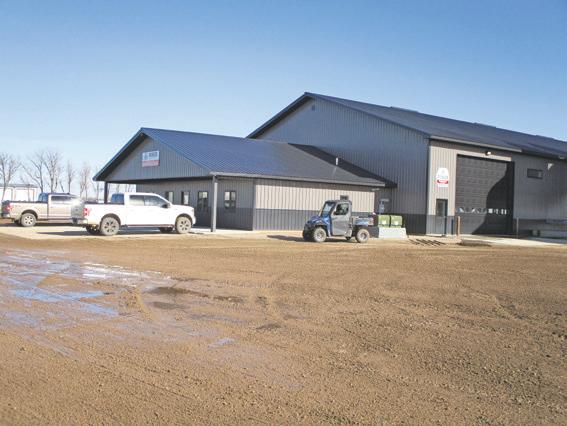

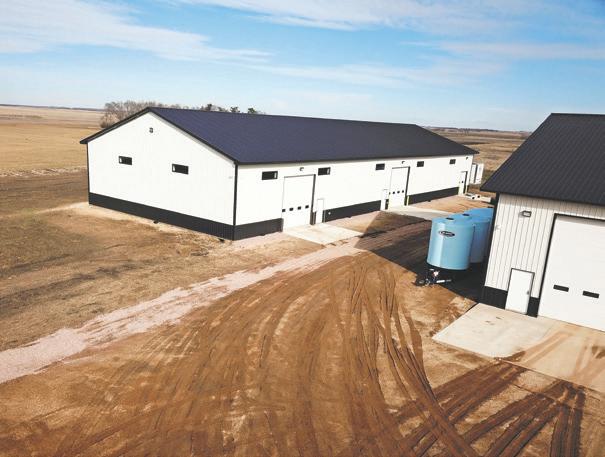
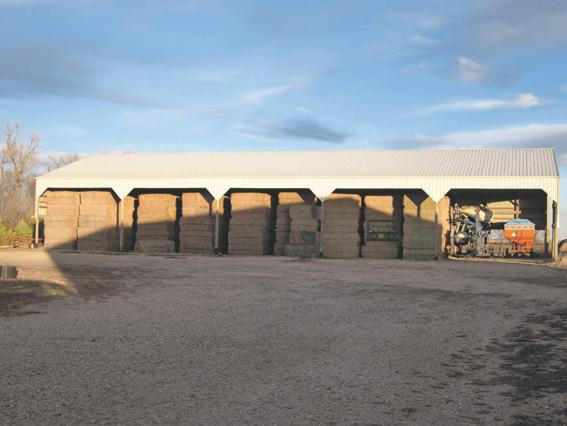
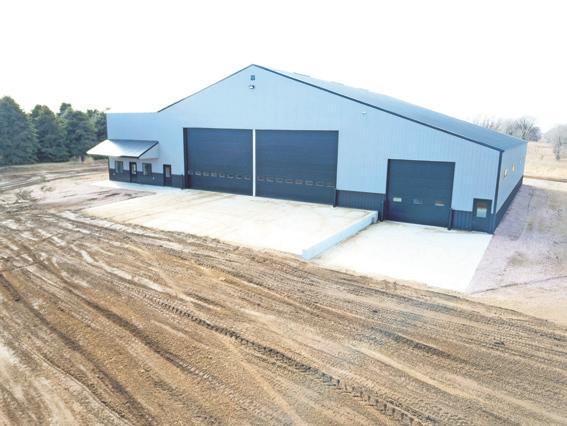



"We're doing a lot of outreach effort to get this knowledge to the people who need it," Smart said. "We are trying to create a 'culture of will' that works together as a community to solve this problem."
Burns not only control tree infestations, but they also promote the growth of native plants and forbs. When eastern redcedars take hold in a pasture, their dense canopies coupled with thick needle duff layer nearly covers the ground entirely. This kills off native herbaceous vegetation by blocking sunlight reaching the ground, limiting photosynthetic ability for herbaceous plants to grow. But once the eastern redcedars are removed, the herbaceous plants, including grasses and forbs, return. This is because the seed bank and bud bank, as Xu describes, remains in the soil, which facilitates recolonization and herbaceous vegetation succession.
"We have found that the seed bank, which retains the native grasses and forbs, remains in the soil even under eastern redcedar canopy," Xu said. "Once the canopy is removed, the native grasses sprout again."
Grassland regeneration creates a newfound diversity, Xu's research has found, which creates a more resilient rangeland. This benefits the soil, wildlife and even livestock. A resilient rangeland can withstand, and recover, from droughts better than monoculture pastures, which occur during woody encroachments.
While burns are the most successful control method, they can be intimidating, expensive and time-consuming. SDSU researchers are exploring other feasible solutions to combat the problem.
In 2021, Smart and Xu conducted a study to see if goats could be used as a biological control. Goats are a common farm animal, but they are unique in their feeding tendencies. Because of their four-chambered stomach, goats can digest woody plant
matter and have been known to strip bark off trees. This ability is why goats are known as "browsers."
The researchers found that after other food options, like leaves, shrubs and grasses, have been exhausted, goats will start stripping bark off eastern redcedars. This process, known as girdling, effectively kills the tree.
While Smart considers this a promising tool in the toolbox for the fight against the Green Glacier, more research needs to be completed to gain a more comprehensive understanding of this biological control.
In November 2021 at the South Dakota Stockgrowers Association Convention, Dirac Twidwell, a professor of agronomy and horticulture at the University of NebraskaLincoln and a leading voice in the fight against the Green Glacier, provided an unfortunate truth: no county anywhere in the Great Plains has restored production yield after eastern redcedar or woody encroachment started coming in heavily, and no county has ever prevented it from happening. Not a single one.
While Twidwell's message illustrates the grim situation in the southern plains and what is potentially to come for South Dakota, Smart is more optimistic about the state's chances in stopping the Green Glacier. For one, researchers know prescribed fires — when done repeatedly — will eliminate eastern redcedars from the landscape. This information is crucial for focusing the strategy and actions needed for dealing with the Green Glacier as it makes its way into South Dakota.
While other states were slow to the react to the invasion, South Dakota has learned from its neighbors to the south and has taken a more proactive approach. The state now has multiple burn associations, and thanks to Extension specialists like Smart, more and more ranchers and farmers are learning the technique each year.
While South Dakota is not "out of the woods" in its fight against woody encroachment, these initial signs show the state is poised to give the Green Glacier its toughest battle yet.
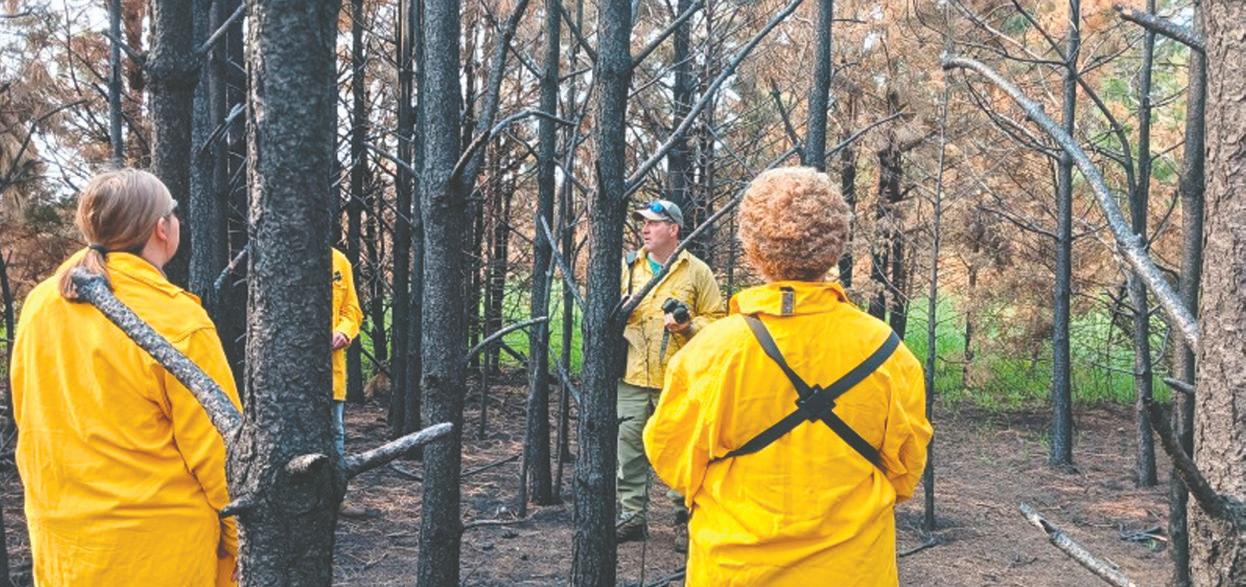

Sheep CONTINUED FROM J17
lambs, we mix all our own feed right here on the place.”
Overall, Weatherford views sheep as a great way to diversify an operation.
“To me it gives another diversification for a lot of farmers. I sold some bred ewes to a couple of young gentlemen, they run a lot of stock, you know, cow-calf pairs and they want to try to bring the kids back home and have a place for them and they are looking at sheep with the cows,” Weatherford said. “I think keeping an open mind and if you’re willing to put in the work, there’s a lot of opportunity to use sheep for diversifying your operation.”












